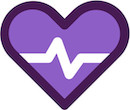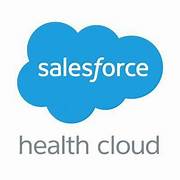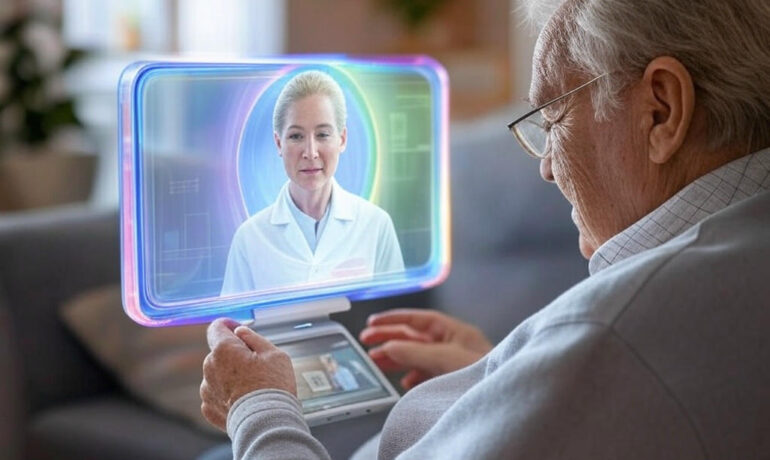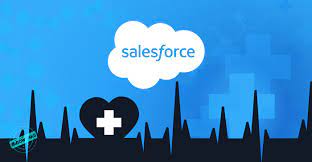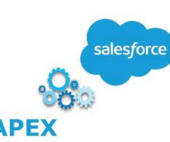Artificial intelligence is transforming healthcare, particularly in self-service solutions. However, innovation alone isn’t enough—hospitals must navigate compliance, integration, and security challenges to implement practical solutions. Let’s explore how Salesforce streamlines patient self-service while addressing these complexities. The Evolution of Self-Service in Healthcare Think about the last time you used self-checkout at a grocery store or booked a flight without speaking to an agent. Self-service isn’t just an option anymore; it’s an expectation—especially through chatbots and AI-powered agents. Healthcare is no different. Patients want to schedule appointments, check lab results, and pay bills without making a phone call. Self-service is faster, more convenient, and gives patients control over their healthcare experience. The Challenge: Overcoming Barriers to Patient Self-Service Despite its advantages, many hospitals hesitate to implement self-service tools. The reason? Healthcare presents unique challenges that standard self-service platforms aren’t equipped to handle. Integration Roadblocks Patients seek answers to various questions: Why was I charged for this? What does my lab result mean? When is my next appointment? The information needed to answer these questions is scattered across electronic health records (EHRs), billing systems, and scheduling tools. Without seamless integration, self-service solutions either provide limited responses or inaccurate information—leading to frustration and potential health risks. Compliance Challenges Healthcare is one of the most tightly regulated industries, and self-service platforms handle sensitive data such as medical records and payment details. To be viable, they must meet stringent standards, including HIPAA compliance, data encryption, authentication protocols, and audit requirements. Many general self-service solutions fail to meet these regulatory requirements, making legal teams hesitant to adopt them. Safety Concerns AI-generated errors, or hallucinations, pose significant risks in healthcare. Unlike retail—where a mistake may result in an incorrect product recommendation—errors in healthcare can lead to misdiagnoses, incorrect medications, or improper treatments. Patients trust hospital-affiliated chatbots, and any misinformation can have serious consequences. Without proper safeguards, self-service tools in healthcare present a risk hospitals cannot afford to take. The Solution: Salesforce for Patient Self-Service Salesforce offers a connected suite of solutions that address integration, compliance, and safety concerns, making patient self-service a reality. The key components include Health Cloud, Experience Cloud, and Agentforce, which work together to create a seamless and secure patient experience. Health Cloud: The Integration Engine Health Cloud unifies data from EHRs, billing systems, and scheduling tools to create a single patient profile. This enables patients to access their medical history, prescriptions, lab results, and appointments through a single interface—eliminating data silos and improving accessibility. Experience Cloud: The Patient Portal Experience Cloud provides an authenticated hub where patients can schedule appointments, access records, and make payments. It integrates with Health Cloud to deliver a personalized experience based on a patient’s medical history and preferences. This enables proactive healthcare management, including appointment reminders and tailored educational content. Agentforce: AI-Powered Assistance with Human Oversight Agentforce enhances patient interactions by handling complex inquiries without requiring cumbersome menu navigation. Unlike traditional chatbots, Agentforce offers human oversight—support agents can step in during a conversation or escalate interactions via phone or email. With access to unified patient profiles, agents can provide personalized support based on a patient’s health history. The Results: A Better Patient Experience By leveraging Salesforce, hospitals can overcome self-service challenges while enhancing patient engagement. The benefits include: Patient self-service is no longer a futuristic vision—it’s a necessity. With Salesforce, hospitals can implement solutions that are not only possible but practical, ensuring compliance, security, and a superior patient experience. Content updated March 2025. Like Related Posts Salesforce OEM AppExchange Expanding its reach beyond CRM, Salesforce.com has launched a new service called AppExchange OEM Edition, aimed at non-CRM service providers. Read more The Salesforce Story In Marc Benioff’s own words How did salesforce.com grow from a start up in a rented apartment into the world’s Read more Salesforce Jigsaw Salesforce.com, a prominent figure in cloud computing, has finalized a deal to acquire Jigsaw, a wiki-style business contact database, for Read more Service Cloud with AI-Driven Intelligence Salesforce Enhances Service Cloud with AI-Driven Intelligence Engine Data science and analytics are rapidly becoming standard features in enterprise applications, Read more

